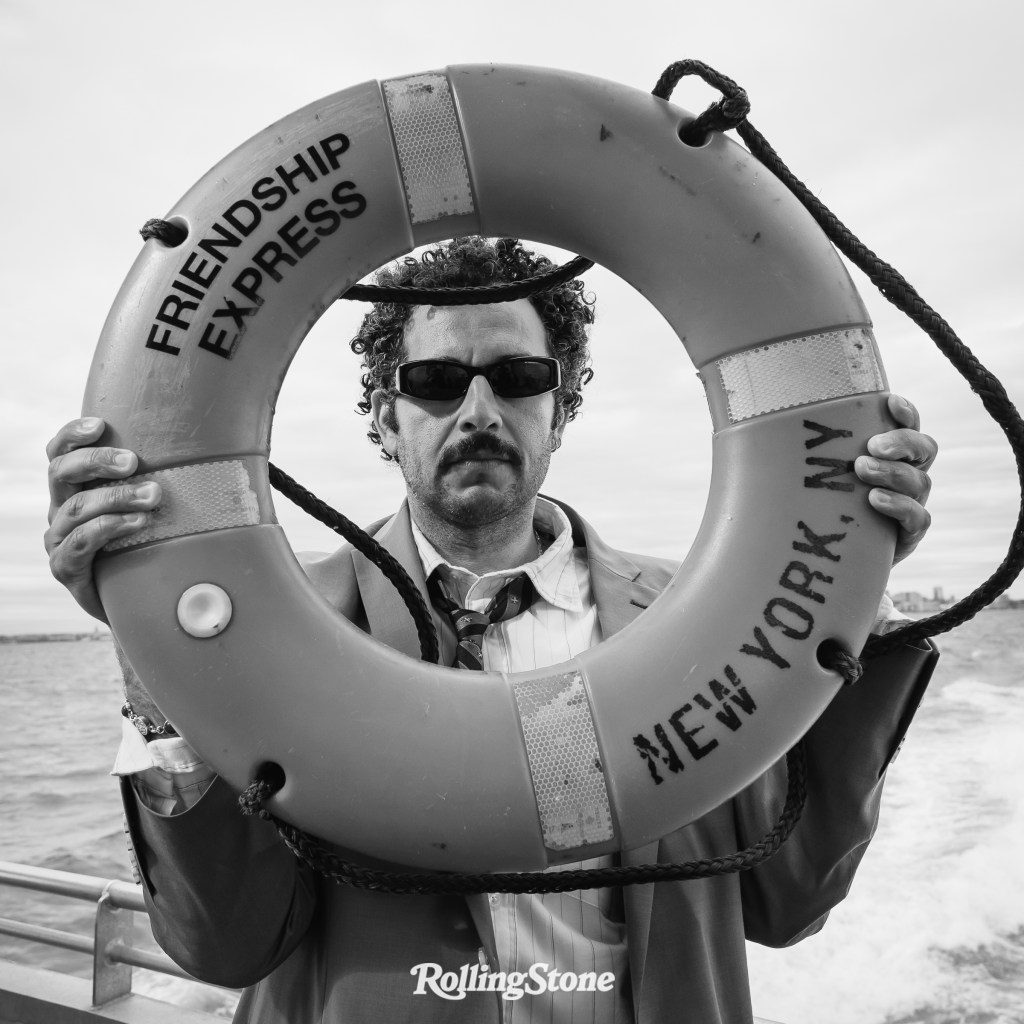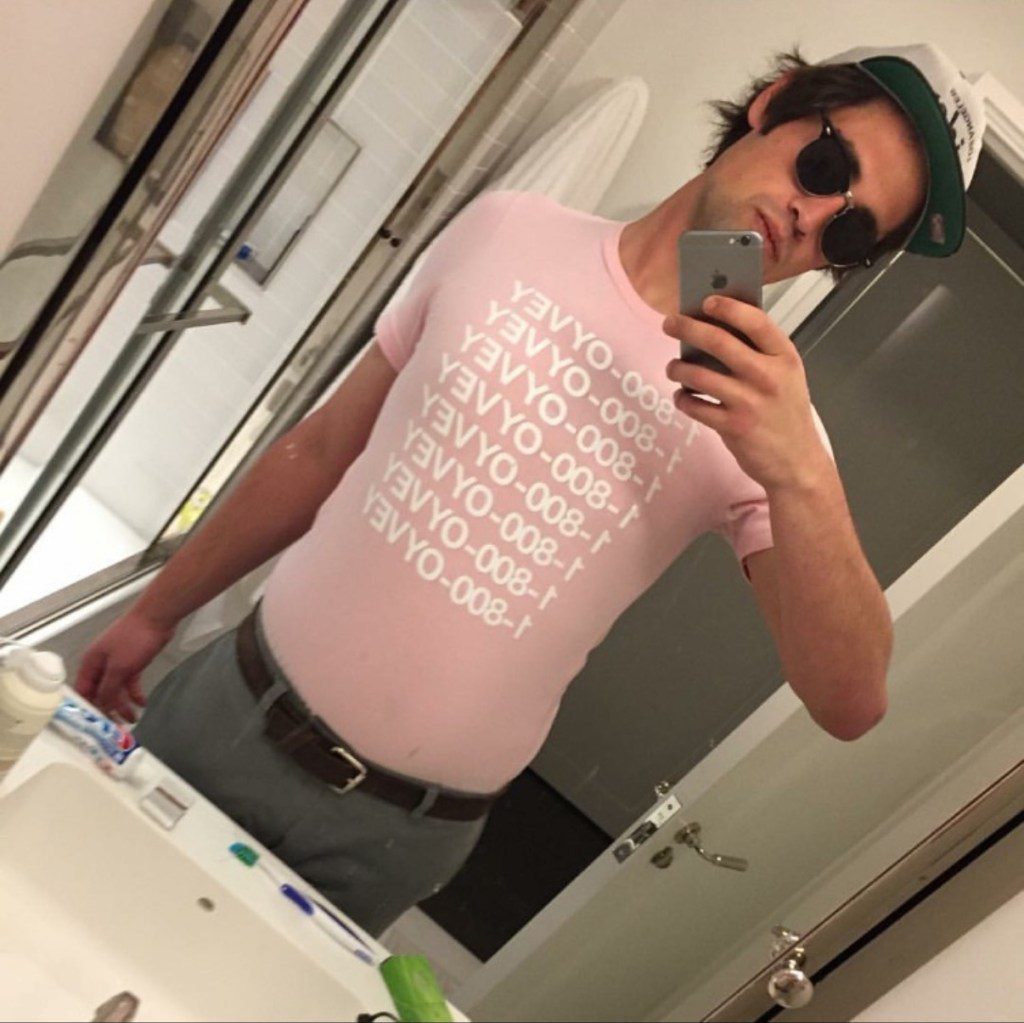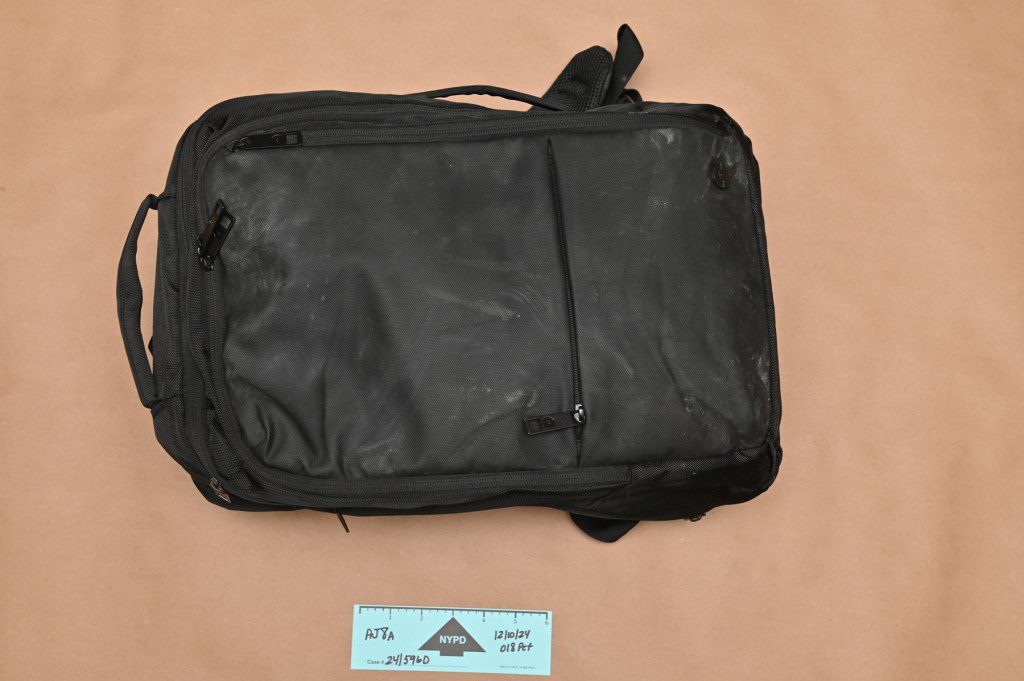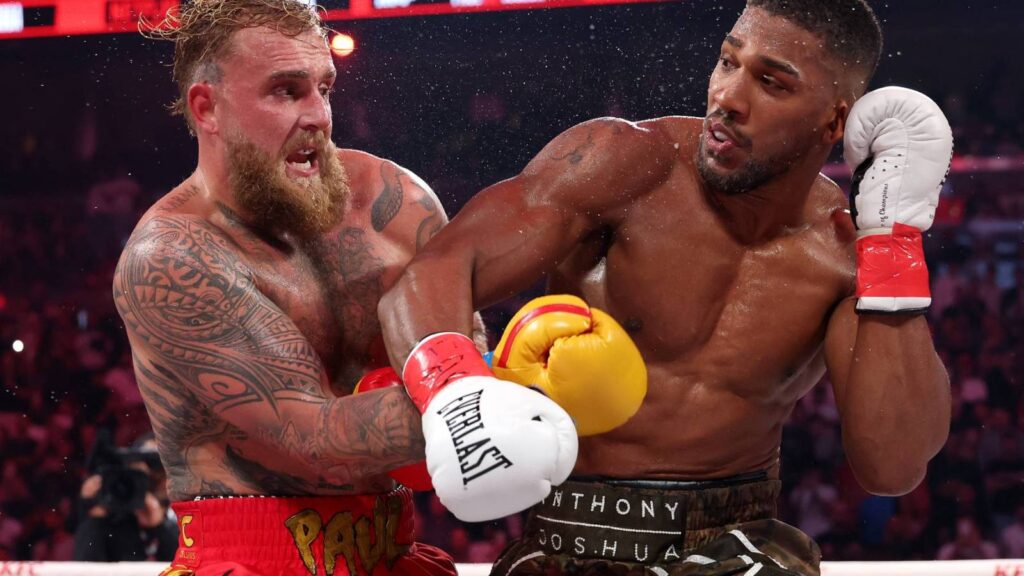‘Subway Takes’ Is a TikTok Hit. Kareem Rahma Planned It That Way
K
areem Rahma has a funny saying right now.
Unlike the average commuter, Rahma steps onto the subway with at least two camera people when he films his hit interview series Subway Takes. So people are usually surprised to see Rahma capturing footage on the side, sometimes of a guest, the setup, or the mundane bits in between.
“People ask me what I’m doing. I’ll go, ‘Oh, that’s for the documentary,’” he tells me on a recent gusty Wednesday in Brooklyn. The documentary in question? It doesn’t exist, at least not yet. But behind the quote is the defining praxis of Rahma’s life — one that’s taken him from a Minneapolis kid desperate to be rich to the host of one of TikTok’s most popular interview series: Making things happen is as easy as making them happen.
“To me, the worst thing in the world was the [idea] of being a 33-year-old divorced guy and introducing myself to women as an aspiring comedian. That’s the worst. That’s a nightmare blunt rotation. You shouldn’t be aspiring. You have to be.”
Kareem Rahma on an NYC Ferry, March 6
Griffin Lotz for Rolling Stone
The Egyptian American host, 38, is most easily recognized for fronting the digital interview series Subway Takes, where he sits on various metros — though it started in New York, he’s expanded to Chicago (“L Takes”) — and coolly asks commuters one question: “So what’s your take?” The answer vary in both comprehension and general joie de vivre, including responses like “Men should have to menstruate once a year, every year,” or “Ban all cemeteries,” or “If a barber fucks up your hair, [you] should be allowed to sue them.”
Rahma’s uniform for the episodes is a big suit and dark sunglasses, an ensemble that practically oozes nonchalance while he bluntly boos or hypes up the person’s take. “The sunglasses are a disguise,” he says. “There’s a lot of emotions in the eyes. So I’m preserving a piece of myself.” Subway Takes has grown into one of the most popular (and recognizable) short-form shows online, which has recently included launching a podcast with Talkhouse Media in February. The show, SubwayTakes Uncut, continues with its signature rapid energy, but starts the cameras early to chart how Rahma and his Subway Takes get from introduction to final question in a subway. This takes about 20 minutes, at which point Rahma and cohost Andrew Kuo (co-creator of Subway Takes) valiantly try to talk through the clip and end up immediately devolving into a stream of consciousness babble. In fact, if Subway Takes had an easily quantifiable characteristic, the best way to describe it would probably be unserious. This commonality is the show — and podcast’s — key draw: everyone has places to be. Here’s what they’re thinking about on the way.
Since posting the first episode in 2023, Subway Takes has featured everyone from Charli XCX (her take: “Music is not important”), to Cate Blanchett (“Leaf blowers need to be eradicated ”), to Vice Presidential-candidate Tim Walz (“The most neglected part of home ownership is the gutters”). It only takes two cameramen to film the series, making the operation light to move and exceptionally cheap to produce — a low cost that allowed Rahma to increase production from two videos a week to four. Even when the claims are ridiculous, or Rahma vehemently disagrees, the lack of time to dwell gives the videos a sense of both urgency and fun. And Rahma picks guests the way he picked his career, he only does what he wants to do. (In November 2024, he told the New York Times that after an awkward shoot with Presidential-candidate Kamala Harris, he scrapped the video entirely.) “I don’t get pleasure from being on the grind,” he says. “There’s power in power — and knowing that I can talk to whoever I want whenever I want.”
Rahma consistently straddles this line between self-deprecating and unabashedly secure, so he’s constantly pointing out when things sound annoying or overconfident, but quickly backs up with evidence. Simply put, he’s never been proven wrong. He wanted to be famous, so he became famous. It’s why he attributes so much of his success to his attitude. “For the longest time, sincerity was seen as stupid,” Rahma says. “Everyone was cynical. And I remember at the time I was like, ‘I’m gonna be sincere, because that’s how I feel.’”
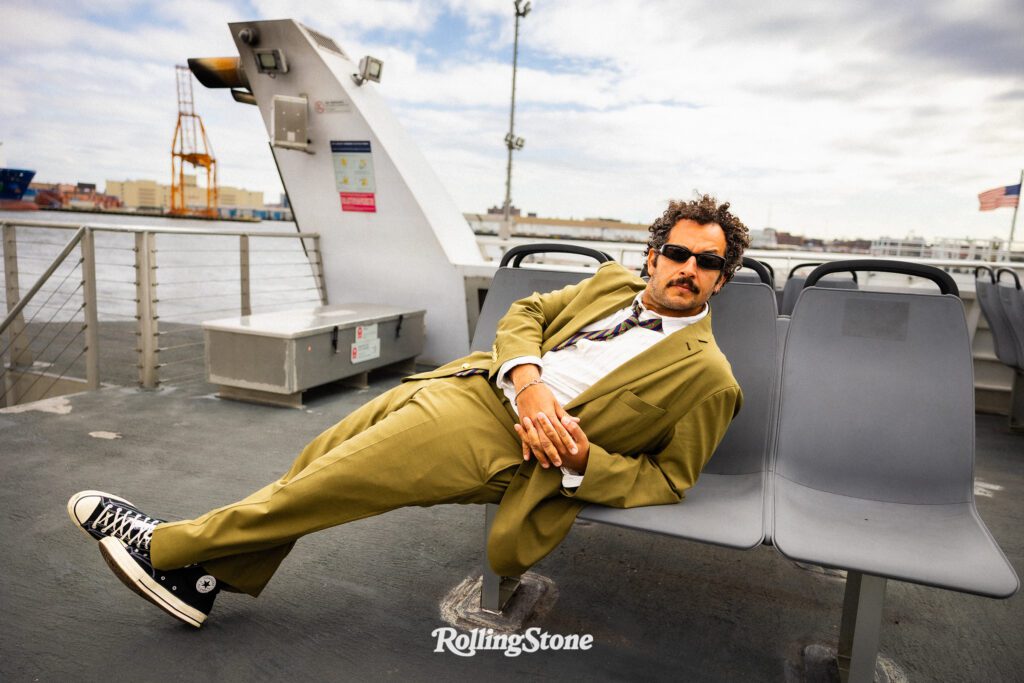
Kareem Rahma on an NYC Ferry, March 6
Griffin Lotz for Rolling Stone
Subway Takes’ growth proves Rahma’s plan of openness is working — it just might be working a little too well for him to take uninterrupted walks anymore. “People clock me at the pharmacy. The urinal. The TSA Pre-Check line,” he says, laughing. “At passport control entering the United States! I’m like, ‘Bro, this is serious business!’ We’re trying to get back in. Why are you pitching me takes?”
Rahma knows he’s a latecomer to the influencer game. But he’s focusing on a new challenge — trying to see if he can strike the balance between making money and not getting bored along the way.
“My worry is not that people think it’s stupid and cringe,” he says. “I do want people to like it. But my checklist goes ‘Do I find it entertaining? Yes. Does my audience find it entertaining? I hope so.’ I’m my own first audience.
IT’S REALLY HARD TO INTERVIEW someone who keeps throwing questions back at you. When I ask Rahma about his childhood, he asks me where I grew up. A query about his first job ends up swinging the conversation back to my first shift at the Sonic drive-through. Relationships? What about mine? Even conversations about his Brooklyn home somehow include me divulging my exact cross streets. “I don’t do it on purpose,” he says. “I’m genuinely interested, because I’m always absorbing information to see how I can apply it to my life. “
Born in Cairo, Rahma’s family emigrated to the United States when he was an infant, settling in Minneapolis, Minnesota. The family struggled financially, but “my dad saw the future,” he says. “He was like, ‘The internet is gonna be important.’” So he bought a computer on credit and installed it in the garage. “It was not insulated,” Rahma says, laughing. “I lived in Minneapolis. I would be in the fucking computer room with like a blanket on Saturday morning in chat rooms, browsing the web, figuring out like MySpace and HTML, talking to strangers. That became the closest thing to an interest I had.”
Rahma graduated from the University of Minnesota, Twin Cities in 2008, but to chart his career — and outlook shift — from that icy garage to New York city’s subway system is to mention his numerous side gigs. He worked at McDonald’s, as a busboy at a Yacht Club, a telemarketer, at the student newspaper, at an internet advertising agency, and as a vacuum salesman, door to door. During the winter months, he would buy motorcycles with his student loan payouts, store them in his garage, and then sell them for profit in the spring.
“I started working at 14, and I just stayed working. I literally never stopped,” Rahma says. “Interests, likes, none of that was part of the equation. It was simply, I want to be rich. I need money. I don’t want to be in poverty.”
That drive for cash eventually found Rahma at his supposed dream job at an ad agency in Minneapolis. He expected it to be the “coolest place in the world,” but Rahma hated every minute of it. “I was like, ‘This is not Mad Men at all!” he says. “We were writing tweets, but this is back before tweets were funny. Now, Wendy’s tweets ‘Yo, I’m fucking listening to Travis Scott.’ This was ‘Make sure you swing by Whole Foods to pick up juice on Tuesday.’ It was miserable.’” So he sold his car and headed to New York.
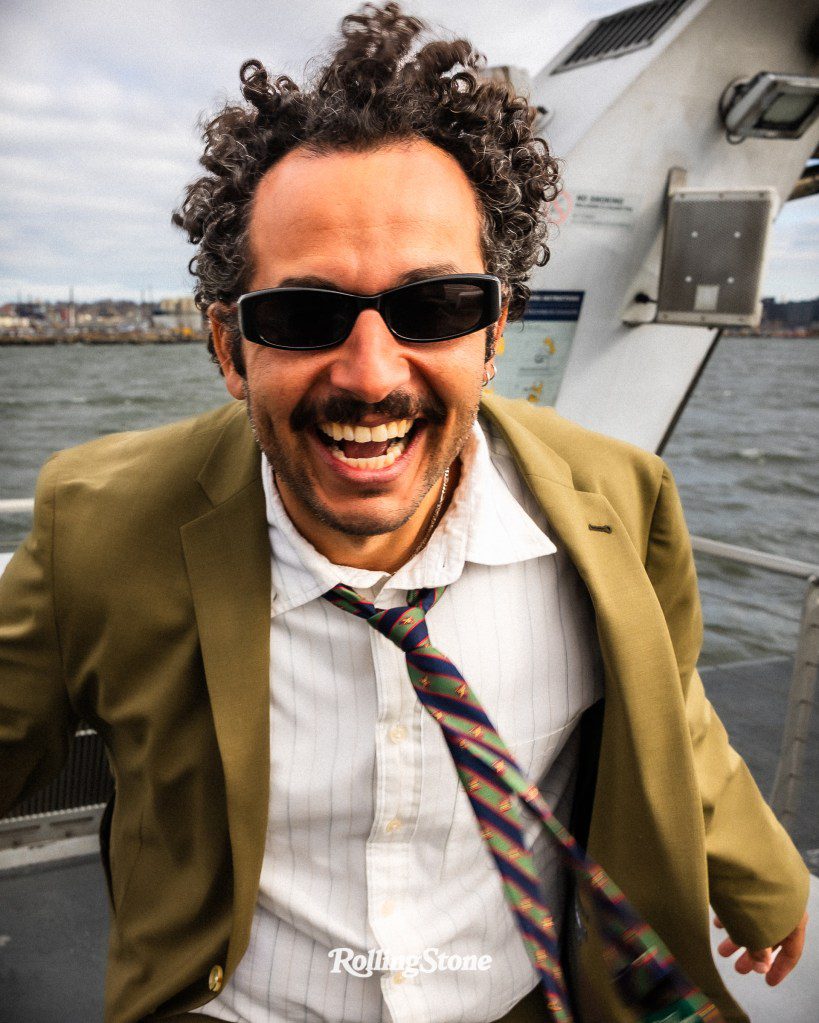
Kareem Rahma on an NYC Ferry, March 6
Griffin Lotz for Rolling Stone
SUBWAY TAKES is Rahma’s most popular venture by far — but his first success was the show Keep The Meter Running in 2022. The episodes were similarly transit themed, but featured Rahma hopping into a cab and directing the driver to take him to their favorite place with a Bourdain-esque interest in their lives, which meant destinations could fluctuate from an Ghanaian eatery in the Bronx to a kosher-Uzbek restaurant in Queens. The series was featured in Vanity Fair and Rahma considered it “his baby,” but it was expensive to make. “It costs a lot of money to actually keep the meter running,” he says.
He needed something that gave him the same level of excitement but didn’t take $2,000 out of his pocket every episode. Friend after friend reached out to start a podcast with him, only to reveal they were mainly interested in content they could clip and post online. Rahma thought he could do them one better: a podcast of clips, without the actual podcast to listen to. Rahma’s friend Kuo came up with the hook, specifically the idea of filming it on the train. “It felt like I was being mischievous,” Rahma says. “Like ‘Hahaha, podcasters, fuck you.’”
So how does the podcast that’s a fuck you to podcasts get its own podcast? Rahma says that’s just a continuation of the joke. “That is the desire for me to entertain myself,” he says. “Because after two years of doing 300-90 second videos, I’m like, ‘How do I make this more exciting for myself?’ How do I expand the universe?’” Since Subway Takes is about strongly doubling down on spicy — and often unimportant — opinions, the podcast takes that format a step further by including a longer version of a filmed Subway Takes episode and then letting Rahma and Kuo chitchat with mics. How else could you describe a podcast that starts with an interview with Jane Goodall and somehow includes discussions of Popeyes’ marketing team, Parisian skincare, and Sean John jeans?
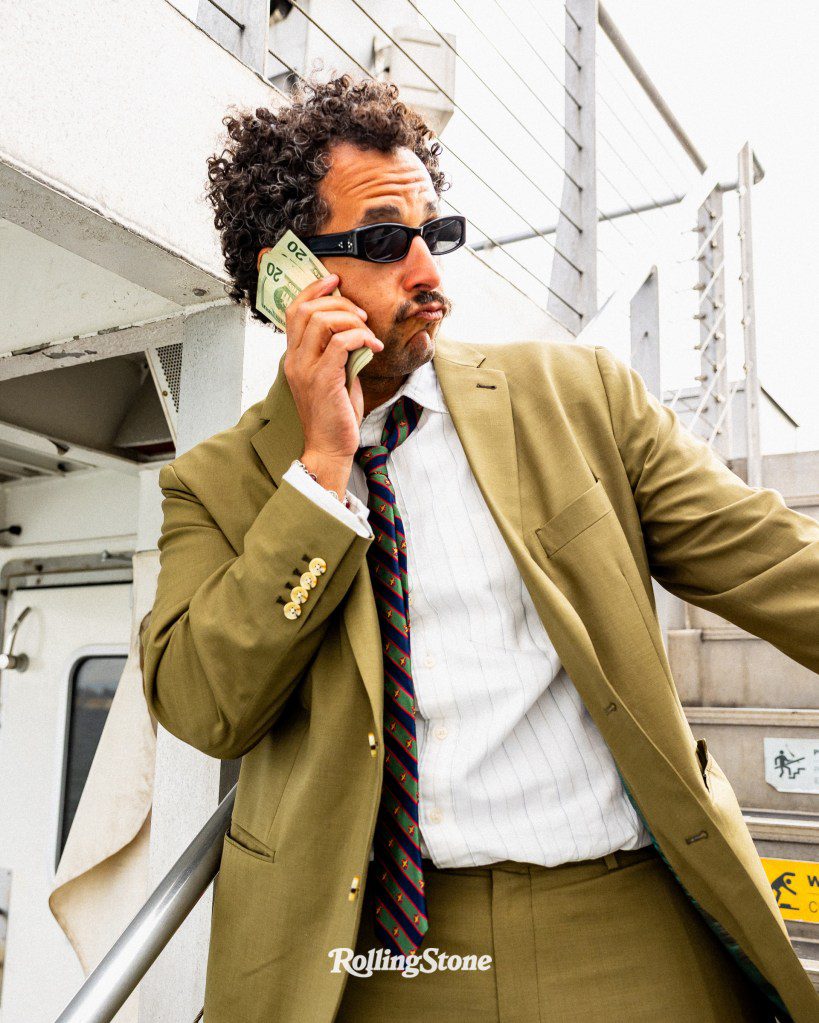
Kareem Rahma on an NYC Ferry, March 6
Griffin Lotz for Rolling Stone
Just because Rahma has a successful TikTok show, doesn’t mean he’s unaware of the thing that separates him from his social media counterparts. At 38, he’s older than the average TikTok star. But Rahma thinks his age is a secret advantage. “The untraditional career that I have makes me feel young. But when you’re fucking 20, 38 is literally the oldest man in the world. I’m the oldest young man,” he says. “To me, [my age] was an advantage. Because, weirdly, I knew what to do.” That doesn’t mean he’s not taken by surprise when he looks in the mirror sometimes — but Rahma, who shares a two-year-old with his wife, Karina Muslimova, is trying to embrace those moments with humor when they come. “I have a lot of grays, but I didn’t notice that until like two weeks ago,” he says. “I mean I knew that they were there, but I looked real close in the mirror and was like ‘Holy Shit, I look old.’”
As he gets older, Rahma tells Rolling Stone that his perspective on life — and the idea of living in a moment — continues to change, mostly because he knows what it’s like to let things slip by. “My father passed away while I was in college in 2007,” he says. “I was deflecting the reality of what was happening. I didn’t move home. I just continued coming home on Saturdays. He had cancer and I knew he had six months to live. And I didn’t change anything. I knew that if I took a break, the likelihood of me returning was lost, because I wasn’t really interested in college. And I knew my dad would want me to finish. But now as an adult, I’m regretful that I didn’t spend that time.”
Enjoying the journey feels like an adage that should exist on a TJ Maxx pillow and not on the lips of one of most popular digital hosts today. But Rahma isn’t focused on feeling anything other than lucky. And besides, there’s no place for regret in the documentary.
“I’m grateful that I’m in a place where I support myself and my family, and also have faith in something that is culturally relevant and impactful, and will hopefully be in the documentary at some point about New York during this time,” Rahma says, swiping through his phone to show me picture after picture of his daughter. “I’m not in a hurry to go to the next spot, which may be the first time in my life. I always felt more comfortable being in transit, not literally, but also literally. I love it. It’s a magical feeling to be on the way.”


